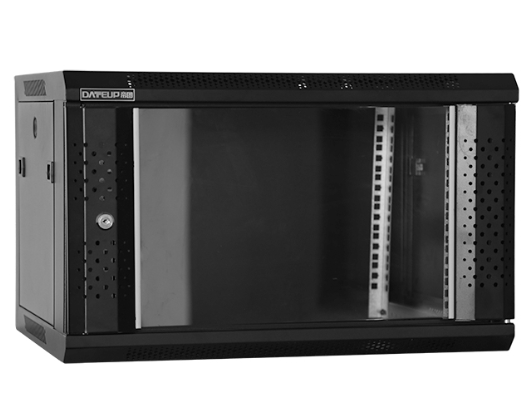News
Site Editor
 Site
https://leonetworkgroup.usa18.wondercdn.com/uploads/image/5fe152faa587d.png
Keystone jacks are small plastic or metal inserts that fit into a wall plate to create a connection point for Ethernet cables. Testing these jacks is a crucial step in ensuring that they perform as expected. Here’s a step-by-step guide to testing keystone jacks:Step 1: Visual InspectionThe first step in testing a keystone jack is to visually inspect it to ensure that it is in good physical conditi
Site
https://leonetworkgroup.usa18.wondercdn.com/uploads/image/5fe152faa587d.png
Keystone jacks are small plastic or metal inserts that fit into a wall plate to create a connection point for Ethernet cables. Testing these jacks is a crucial step in ensuring that they perform as expected. Here’s a step-by-step guide to testing keystone jacks:Step 1: Visual InspectionThe first step in testing a keystone jack is to visually inspect it to ensure that it is in good physical conditi
How To Test Keystone Jack
Views: 2071
Author: Site Editor
Publish Time: 2023-07-10
Origin: Site
Keystone jacks are small plastic or metal inserts that fit into a wall plate to create a connection point for Ethernet cables. Testing these jacks is a crucial step in ensuring that they perform as expected. Here’s a step-by-step guide to testing keystone jacks:
Step 1: Visual Inspection
The first step in testing a keystone jack is to visually inspect it to ensure that it is in good physical condition. Look for any signs of damage, such as cracks, broken prongs, or loose connections. Also, check that the jack is seated correctly in the wall plate and that all its components are aligned.
Step 2: Cable Insertion
Next, insert a known good Ethernet cable into the keystone jack by aligning the plug with the jack’s receptacle and pushing it in firmly until it clicks into place. Ensure that the cable is inserted all the way, and that the locking tabs have engaged.
Step 3: Network Tester
Connect the other end of the Ethernet cable to a network tester. A network tester is a tool that is used to verify the quality of a network connection. It usually consists of two units - the transmitter and the receiver. The transmitter is connected to the Ethernet cable while the receiver is used to test the connection.
Step 4: Test the Connection
Once the network tester is connected, power it on and follow the instructions provided in the user manual to initiate a test. The tester will evaluate the quality of the connection, check for data transmission errors, and measure the signal strength. The results will be displayed on the tester’s screen.
Step 5: Interpret the Results
The results of the network test will tell you whether the keystone jack is working properly or not. If the test results show that the connection is good and there are no errors, then the keystone jack is working correctly. On the other hand, if the test results show that the connection is poor, there are errors or the signal strength is low, then it indicates that there is a problem with the keystone jack or the Ethernet cable.
Step 6: Troubleshooting
If there is a problem with the keystone jack or the Ethernet cable, then troubleshoot the connection. Check for loose connections, damaged components, or any other issues that may be affecting the quality of the connection. If you can’t identify the problem, then it may be best to replace the keystone jack or the Ethernet cable.
In conclusion, testing keystone jacks is a straightforward process, and it helps ensure that your network connection is working as expected. By following the steps outlined in this article, you can quickly and easily test your keystone jacks and troubleshoot any issues that may arise.
If you want to know more about industrial network cabinet,china fiber optic splice closure,china fiber optic distribution box,please consult the fiber optic splice closure factory









